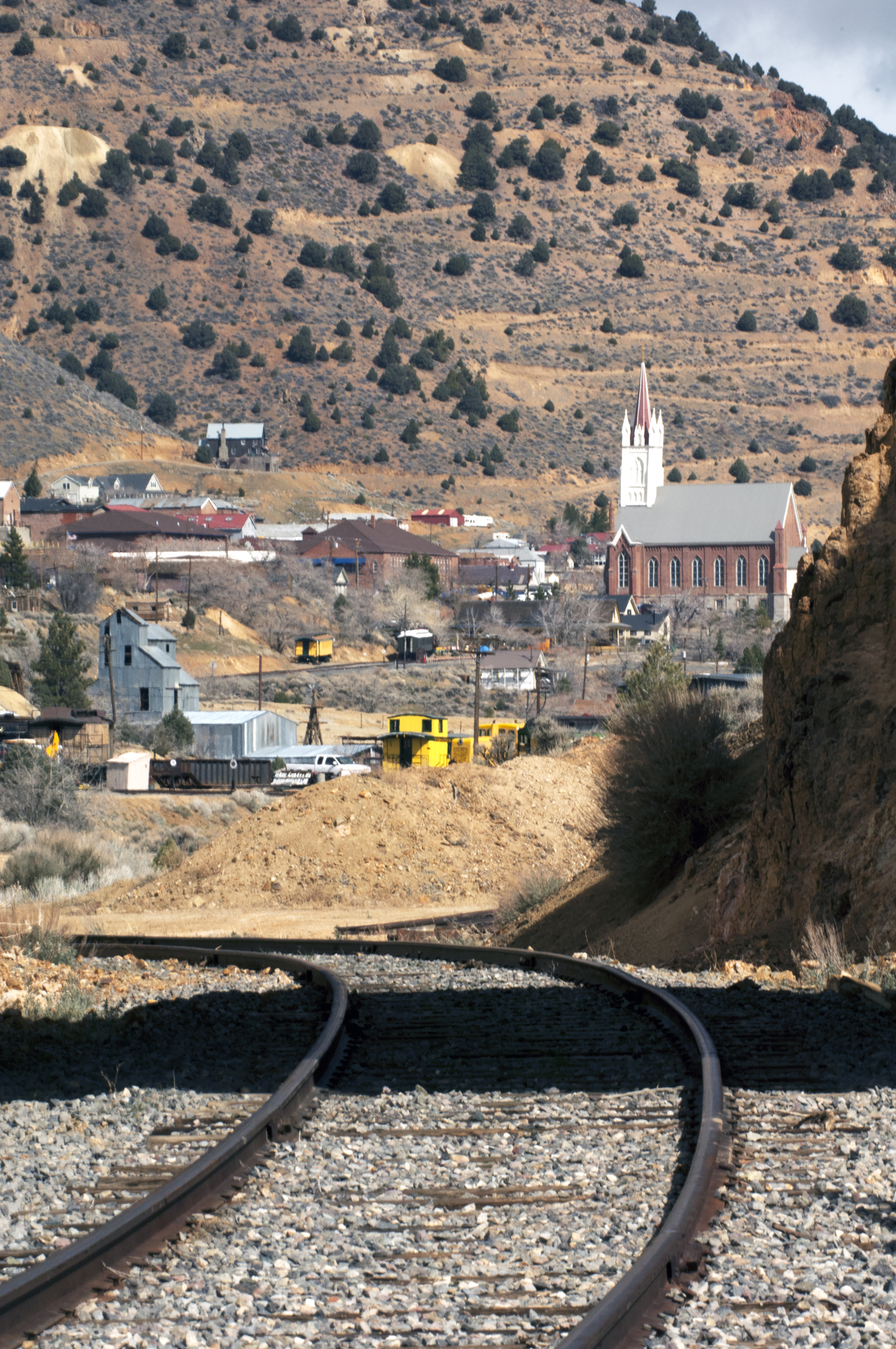It’s commonly known that Incline Village was named after the incline railway built by the Sierra Nevada Wood and Lumber Company. The steam powered cable railway, with an average grade of 35%, was known as the Crystal Bay Railroad. Canted cable cars full of lumber and cordwood were pulled 1,4000 feet up by gigantic bull wheels. The wood was then transferred to a gravity flume for the trip down the mountain towards Carson City, and its final destination, the Comstock Lode. How many current Incline Village residents have noticed the Nevada Historical Marker No. 246 marking the spot along Highway 28?
The original Incline Village was built on Incline Creek in 1882. By 1884, the thriving community even had its own post office. The original town wasn’t particularly long lived, though. Tahoe’s last major logging season was in 1894, and after that, the railway was dismantled. The town then disappeared, as had most of the timber in the Tahoe Basin.
The amount of wood removed from the Sierras is almost unimaginable. It’s estimated that by 1881, more than two billion board-feet of lumber had been removed from the Lake Tahoe area. Over a 20 year period, the Comstock Lode alone used 600 million board feet of lumber for square-set timbering, its unique mine framing system, and also used 2 million cords of firewood for running the steam engines in the mines and mills.
The successes of the Comstock Lode were that a few people became wealthy, and the Lode with its silver bonanza financed the Union forces during the Civil War. But in 1889 William Wright {better known as the author Dan DeQuille} wrote: “The Comstock Lode may truthfully be said to be the tomb of the forest of the Sierra….. For a distance of 50 or 60 miles all the hills of the eastern slope of the Sierra have been to a great extent denuded of trees of every kind — those suitable only for wood as well as those fit for the manufacture of lumber for use in the mines.”
Unfortunately, we have been dealing with the aftermath of the Comstock Lode for years. As the Lake Tahoe Basin Management of the U. S. Forest Service points out, because loggers took mostly pine trees and all but the largest fir trees, the forest was naturally reseeded by the firs that remained. After some years of regeneration, the new forest consisted of an overly dense, fir dominated forest, vulnerable to drought, insect infestation and tree death.
There are now, and have been a variety of land management projects aiming to improve the health of our forest. The projects met with some success, but, of course, nothing in nature happens overnight. Through vision as well as dogged commitment from all who love the Tahoe Basin, a healthy ecosystem can and will rise again.
Tahoe and Vicinity •
January 28, 2021
Incline Village and The Comstock Lode



 Facebook
Facebook
 Twitter
Twitter
 Pinterest
Pinterest
 Copy Link
Copy Link